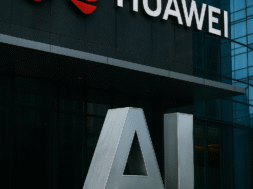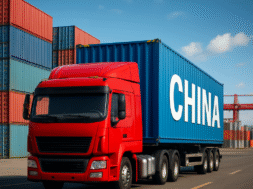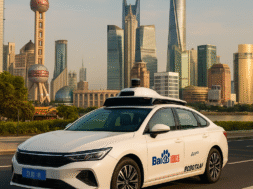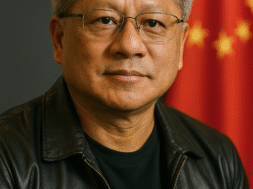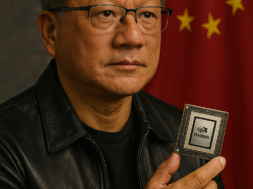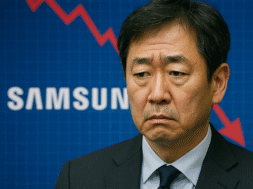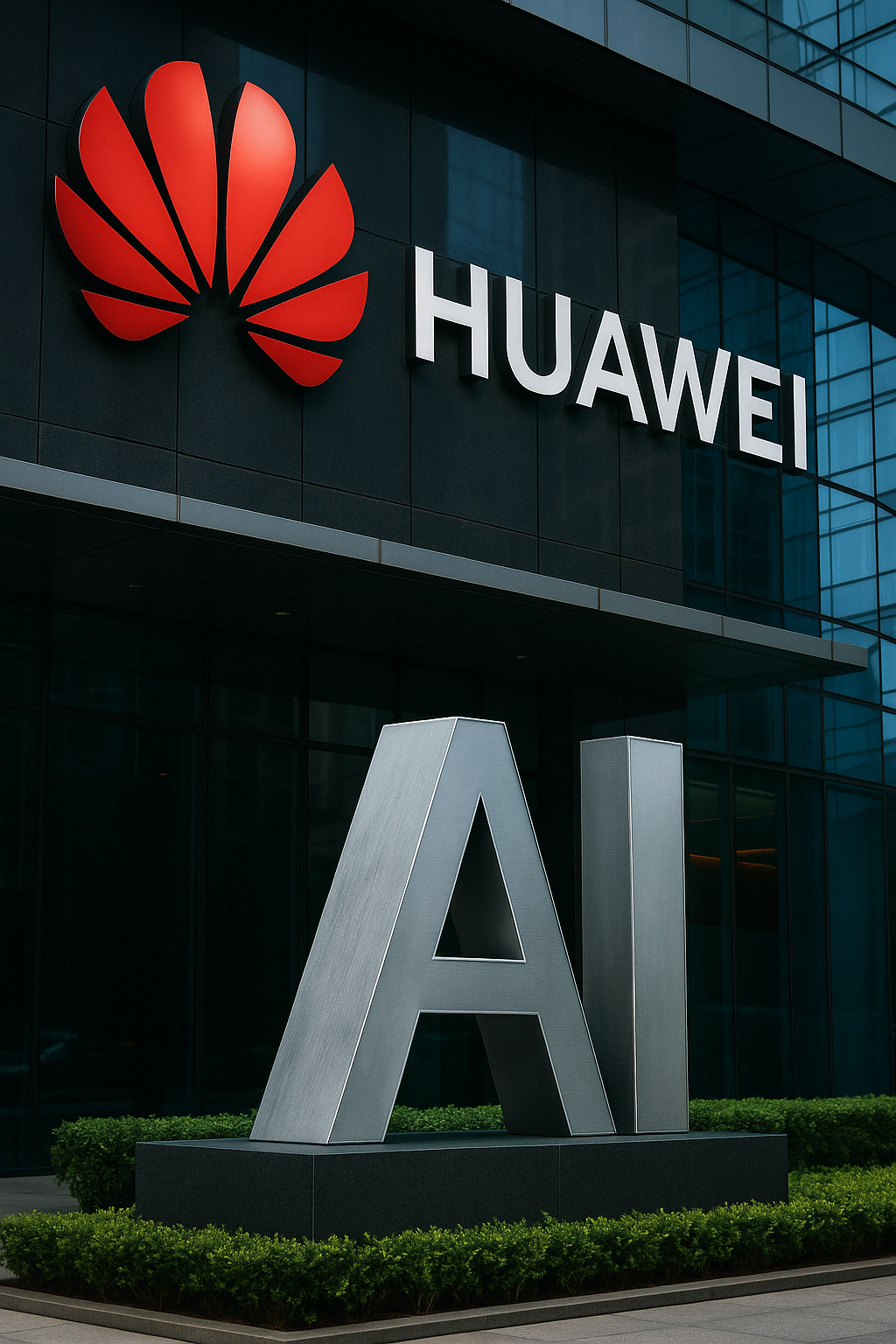
How Huawei Rose from Telecom Player to China’s AI Powerhouse
Despite years of U.S. restrictions, Huawei has transformed itself from a telecom hardware supplier into a leading force in China’s AI ecosystem. Once sidelined by trade bans, the Shenzhen-based company now competes head-on with global heavyweights—including Nvidia—by deploying cutting-edge semiconductors, industrial AI products, and full-stack infrastructure.
Paul Triolo, the China lead at the DGA‑Albright Stonebridge Group, notes that external pressures have compelled Huawei to pivot its strategy drastically, resulting in a tech portfolio that now spans advanced chips, cloud data centers, operating systems, and industrial AI applications.
Today, Huawei charges across industries using its Ascend chip family, CloudMatrix system, proprietary CANN software stack, and Pangu large language models—creating a vertically integrated AI ecosystem that few rivals can match.
Even Nvidia CEO Jensen Huang has acknowledged Huawei as “one of the most formidable technology companies” in China and warned that export bans may only accelerate its domestic dominance—a dangerous outcome for U.S. tech leadership. The Times of India+13Business Insider+13Invezz+13Forrester
Huawei’s system-level innovations stand out, particularly its CloudMatrix 384 cluster, which networks 384 Ascend 910C chips via ultra-fast optical links to deliver up to 300 petaflops of compute—nearly double the capacity of Nvidia’s GB200 entry. Huawei Cloud+11Forrester+11THE DECODER+11 While the CloudMatrix consumes significantly more power—approximately 4.1 times higher—Huawei has turned scale into strength. Tom’s Hardware+2THE DECODER+2Forrester+2
Ren Zhengfei, the company’s founder, publicly stated that although Huawei’s chips lag a generation behind U.S. rivals, the company is using cluster computing, mathematical modeling, and system design to catch up—and investing heavily in research and development. Reuters
Meanwhile, the Pangu series of AI models, built atop Huawei Cloud and Ascend hardware, have been deployed across industries from automotive to energy. Open-sourced and integrated with deep enterprise support, Pangu has helped Huawei deliver real-world AI applications in over 20 sectors. Huawei Cloud
Vertical integration is central to Huawei’s strategy. Its Ascend AI chips power the AI CloudMatrix systems and support its in-house CANN stack—offering an alternative to Nvidia’s CUDA platform. Reddit+8Forrester+8Tom’s Hardware+8
Offering AI-grade solutions at scale, Huawei is now considered a full-stack champion: from chip design and cloud infrastructure to developer ecosystems and industrial deployments. This evolution cements its reputation as China’s national tech champion in the AI era.
